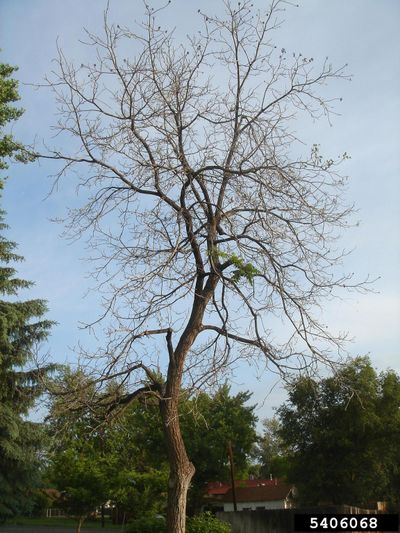Is My Black Walnut Dead?
If you ask yourself whether your beautiful tree is now a dead black walnut, there must be something wrong with the tree. While it may be difficult to determine exactly what is wrong, it shouldn’t be too difficult to tell if the tree is actually dead or not. How to tell if a black walnut is dead? The easiest way to determine this is to wait until spring and see what happens. Look carefully for signs of new growth like leaves and new shoots. If you see new growth, the tree is still alive. If not, it may be dead.
Identifying a Dead Black Walnut Before Spring
If you just can’t wait until spring to determine whether your tree is still living, here are a few tests you can try. Flex the slender branchlets of the tree. If they bend easily, they are most likely alive, which indicates that the tree is not dead. Another way to check whether your tree is dead is to scrape back the outer bark on young branches. If the tree’s bark is peeling, lift it and look at the cambium layer beneath. If it is green, the tree is alive.
Dying Black Walnut and Fungal Disease
Black walnuts are drought and pest resistant, but they can be damaged by a number of different agents. Many dying black walnut trees have been attacked by the thousand cankers disease. It results from a combination of boring insects called walnut twig beetles and a fungus. The beetle bugs tunnel into branches and trunks of the walnut trees, carrying spores of the canker producing fungus, Geosmithia morbidato. The fungus infects the tree causing cankers that can girdle branches and trunks. Trees die in two to five years. To figure out if your tree has this disease, look carefully at the tree. Do you see insect borer holes? Look for cankers on the tree bark. An early sign of thousand cankers disease is part of the canopy’s failure to leaf out.
Other Signs of Dying Black Walnut
Inspect the tree for peeling bark. Although walnut bark is normally quite shaggy, you should not be able to pull the bark away very easily. If you can, you are looking at a dying tree. When you begin pull back the bark, you may find it already peeled back, exposing the cambium layer. If it is pulled back all the way around the tree trunk, it is girdled, and your walnut tree is dead. A tree cannot live unless the cambium layer can transport water and nutrients from its root system to the canopy.
